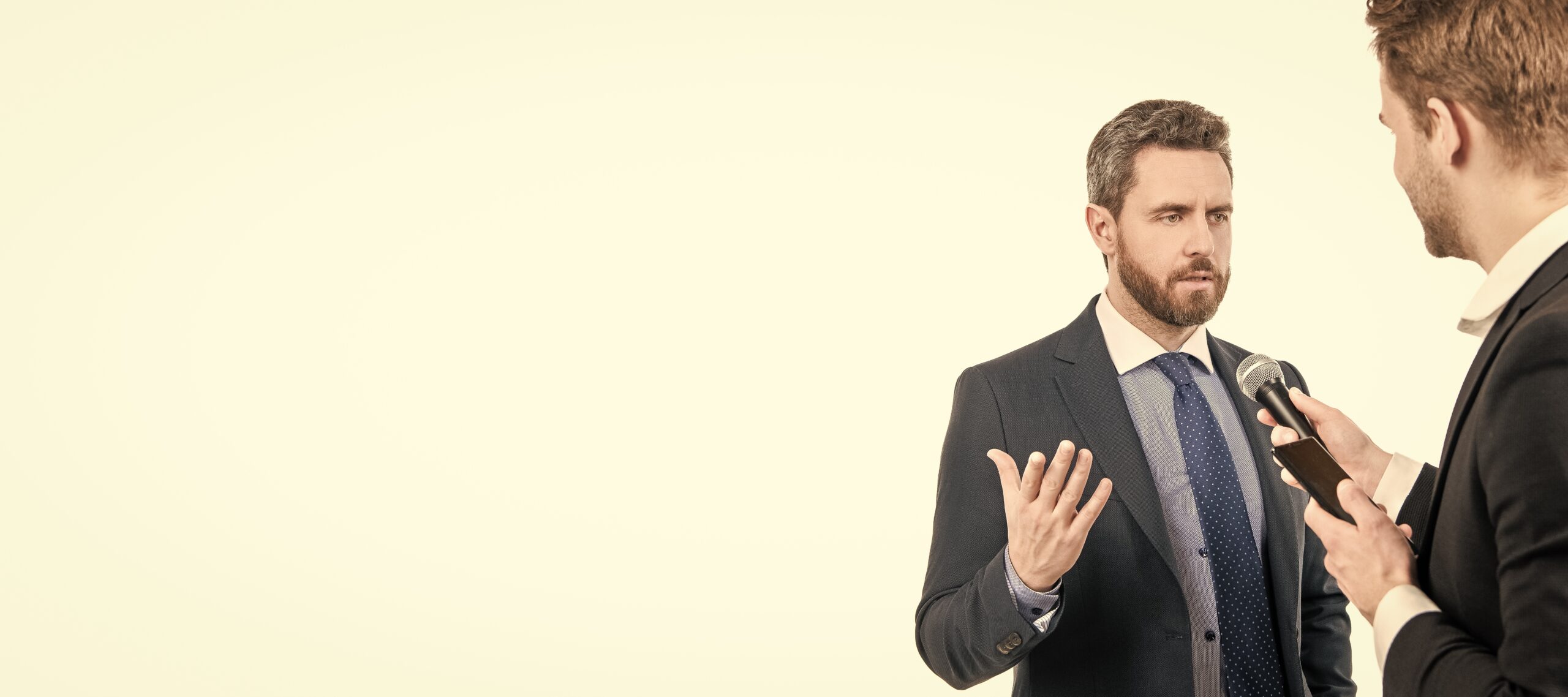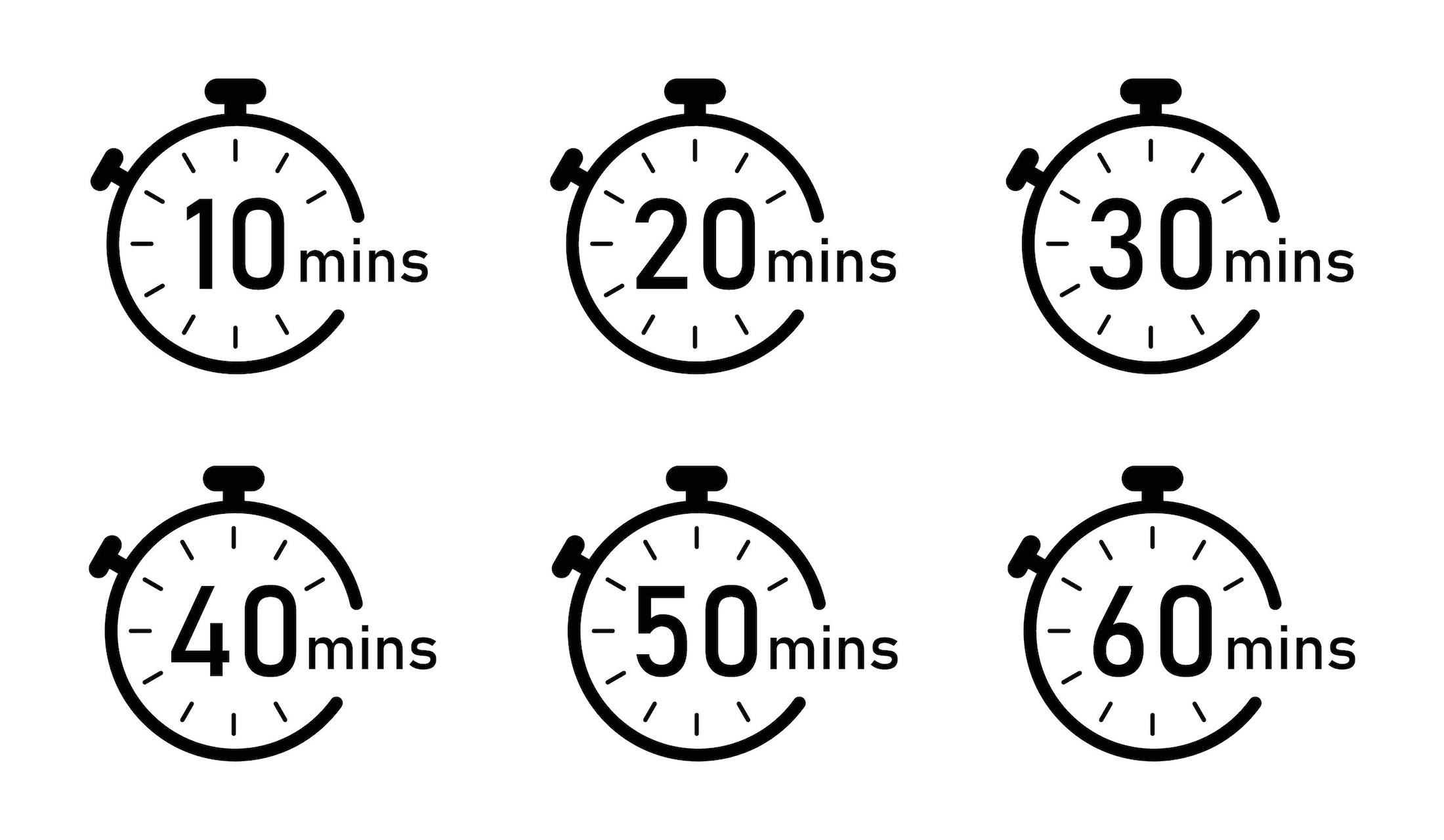Have you ever been nervous during an interview? Or completely blanked when asked a question during a presentation? Interviewing, or even having a Q&A session, can be intimidating. But with the right preparation you can easily master any situation.
Interviews are critical for any person in an organization, particularly when communicating to a broad audience. The purpose of an interview is to effectively get your message across. However, for journalists, the point is to get a story. Always remain aware of journalists’ intentions. A good communicator will be able to balance conflicting interests at play, between the message you are trying to deliver and the story the journalist is trying to write.
Know Your ABC’s
Acknowledge → Bridge → Communicate
During any Q&A, the best answer technique is:
- First, Acknowledge the question with a short direct answer.
- Then, Bridge i.e. expand the answer in a useful direction.
- Last, Communicate a key message as your closing statement.
Establish Your Playing Field
It’s crucial before an interview even starts to have clearly defined messages and boundaries. Having boundaries means you are less likely to go off-track and will make you aware when any sensitive subjects are being discussed. Are there any “off-limits” areas that you do not want to publicly address? Is there someone else better-equipped to address the questions? Never feel as if you must have an answer to every question: some questions may be the purview of someone else within your organization, don’t get drawn into questions that are not your area of expertise.
Staying on Track
Rather than aggressively defending your boundaries, remember to play it smooth and always stay composed. Try not to react by saying, “I don’t want to talk about that” or “no comment”. This will signal to the journalist that there is in fact a story. Instead, respond by saying, “I hear your point, but let me just say…” or “You understand that this is confidential information, and that I am not in a position to divulge this information”. Deflect rather than defend. Produce a rational explanation for why you are not able to answer it. The journalist will back off once she or he senses that there is no lead.
Be aware of traps that journalists typically use:
Questions with Choices
- Ex: “Do you prefer A or B?”
- The journalist is attempting to mold your response and extract a quote from you – react with caution.
Speaking for You
- Journalists do that to exert control
Multiple Questions Combined into a Single Question
- In Q&A sessions, people tend to answer the last question first.
- Take time to break the question down
Hypothetical/Rhetorical Questions
- Don’t answer hypotheticals
Personal Opinion Questions
- Don’t fall for flattery or give into a sense of trust/intimacy
- You are not representing yourself but a company or brand.
- Contact the communications department if you are ever unsure about your company’s position on an issue.
Lack of follow-up questions or open questions
- When faced with no follow-up questions and silence, people are tempted to continue talking.
- This can get you in trouble because you may reveal too much.
- If you’ve answered, stop talking and wait for the next question
Always do your homework when preparing for an interview. Who is the journalist? What do they need from the interview? This background information will help you to anticipate potential questions and the overall direction of the interview.
Top 5 Interview DOs and DON’Ts:
DO create a bridge between the question and your key message
DON’T treat the interview like a police interrogation – do not get defensive
DO maintain a relaxed and comfortable demeanor
DON’T see the interview as a shift in power roles; you are not a victim, you are the expert
DO treat the interview as an opportunity to get your point across. Have fun!
Click here to see all of Adrian Dearnell’s Forbes contributions





